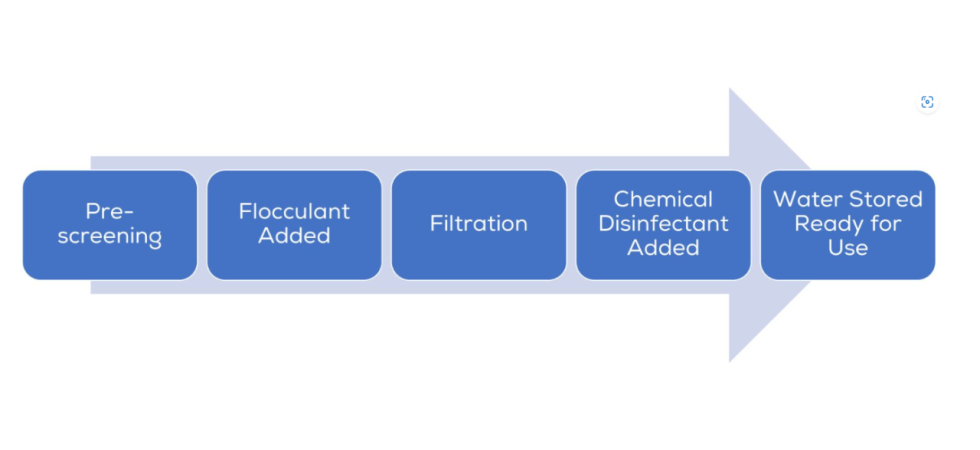
Disinfecting Drinking Water – Chlorination and Chlorine Testing
Ensuring drinking water is safe for human consumption is of the highest priority across all drinking water providers. Water goes through multiple stages of processing in a water treatment plant before it is deemed safe for consumption. This article explores the water treatment process, with a specific focus on disinfection and how Palintest’s new Lumiso Expert photometer can ensure this process is managed efficiently.
How is Raw Water Made Safe for Consumption?
Water treatment varies depending on the type of water entering the water treatment plant. Some accepted technologies are adapted and combined to best suit the incoming source water and local standards; however, the process can usually be split into five main stages: pre-screening, flocculation, filtration, disinfection, and storage ready for use.
Pre-screening involves filtering out any large objects from the incoming water stream.
The flocculation stage follows pre-screening. Chemicals known as ‘flocculants’ are added to the water. These chemicals bind to small particles in the water and cause clumping to form larger, heavier masses which eventually sink to the bottom of the water where they can be removed as sediment.
Once the larger particles are removed, the water is filtered through multiple membranes to remove any smaller particles not removed during the previous stage. This stage also enables removal of other undesirable chemicals such as manganese.
Filtering does not remove all harmful microorganisms, and therefore the next stage of the treatment process is disinfection. This involves addition of a chemical disinfectant such as chlorine to the water to kill any remaining microorganisms. Enough disinfectant is added to maintain a residual level in the water to ensure safety during storage and distribution.
If the water is stored for prolonged periods before distribution, then a secondary disinfection process may be required to increase the residual level back to an optimum amount for distribution.





